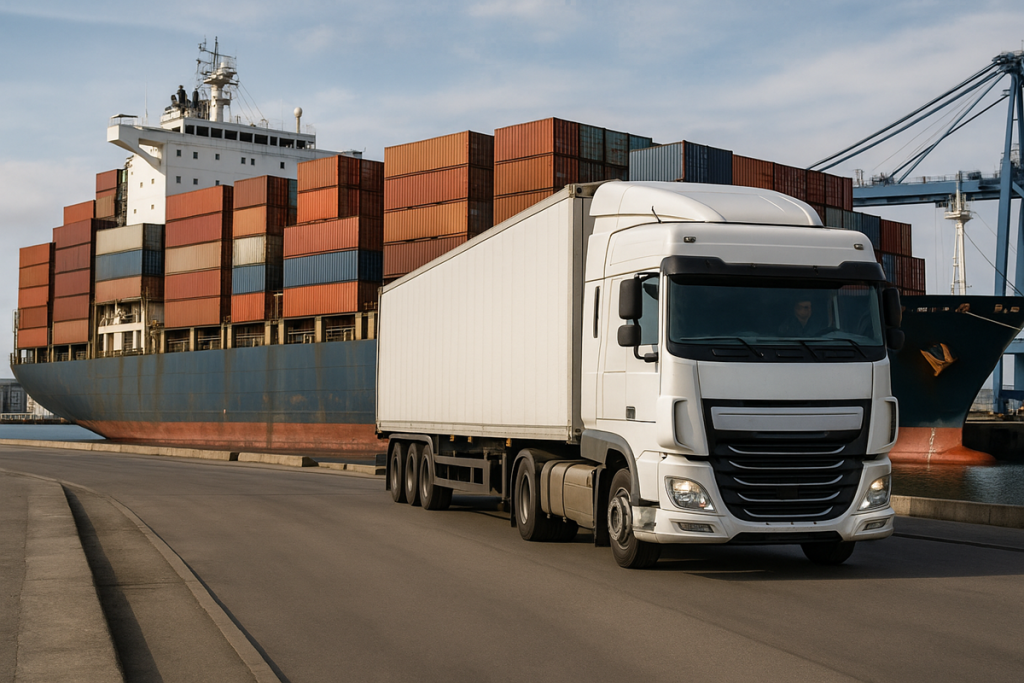Machine learning is becoming a strategic asset for logistics leaders preparing for capacity shifts, market shocks, and operational risk.
AI has been hailed as a game-changer in freight for years, but the reality hasn’t always matched the promise—until now. While early use cases centered on automation and cost efficiency, a more compelling shift is underway: AI is becoming a tool for network resilience. For logistics directors and supply chain executives navigating capacity constraints, volatile rates, and systemic risk, this evolution couldn’t come at a better time.
From Reactive to Predictive Freight Planning
Traditional freight planning models rely on static routing guides or legacy relationships—both vulnerable in periods of disruption. AI is now enabling a more responsive, data-driven approach.
Machine learning models trained on millions of transactions across lanes can predict rate movements and capacity availability days or even weeks in advance. These insights help logistics leaders identify potential pinch points—before service fails—and proactively adjust contracts, shift volumes, or activate alternative modes.
When paired with internal shipping data and market inputs, these tools provide decision-makers with a dynamic view of their network: not just how it’s performing, but how it might perform under different scenarios. It’s no longer just about booking smarter—it’s about building optionality into the freight strategy.
Carrier Diversification, Risk Monitoring, and Continuity
Resilience isn’t just about speed—it’s about trust and visibility across your network. That’s where AI-powered risk monitoring enters the picture.
Algorithms can now assess carrier behavior in real time—flagging anomalies like sudden operational shifts, unusual route patterns, or even data masking tactics associated with identity theft or double brokering. While traditionally seen as operational concerns, these risks have real implications for continuity at scale.
By continuously verifying carrier credentials, analyzing booking history, and monitoring external risk signals, AI systems are helping organizations avoid dependency on unstable carriers—and reroute proactively when problems arise.
These same systems support more strategic carrier diversification. Instead of defaulting to the largest providers, leaders can use AI to identify high-performing regional players or underutilized capacity that meets their standards—reducing exposure to single points of failure.
AI Isn’t About Optimization—It’s About Optionality at Scale
Supply chain resilience used to mean redundancy—extra inventory, backup carriers, alternative lanes. That’s changing. With the right data and AI systems in place, resilience becomes less about overbuilding and more about being able to pivot at pace.
The real value of AI in freight isn’t that it replaces people or drives marginal gains—it’s that it creates structured optionality. It gives supply chain leaders real-time visibility into alternatives, paired with the confidence to act on them. That’s what makes a network adaptable—not just tough during a crisis, but strategically agile every day.
In a climate where risk is constant and disruption is a matter of “when,” not “if,” AI is no longer a nice-to-have—it’s fast becoming a baseline expectation for future-fit logistics operations.





